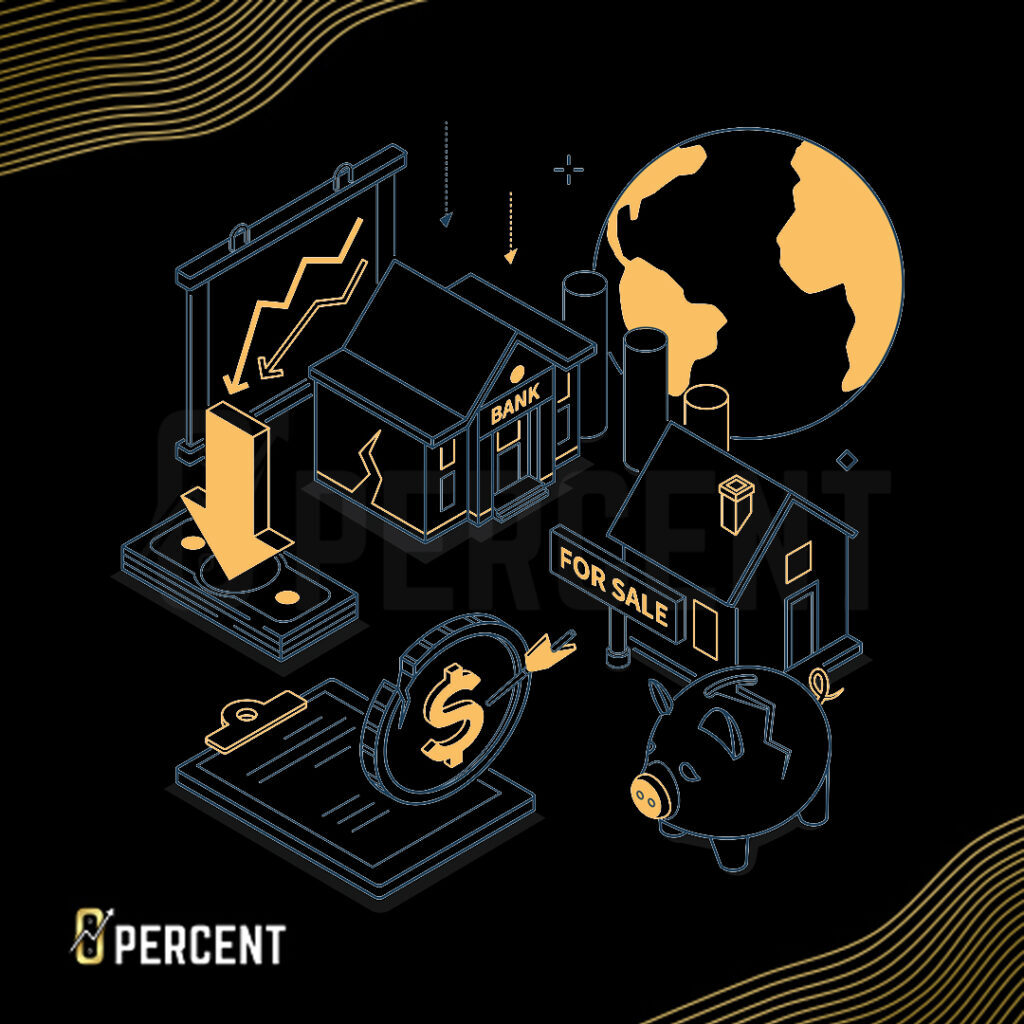
Jeff Sekinger
Jeff Sekinger Founder & CEO, 0 Percent Who is Jeff Sekinger? Visionary Trailblazer Sekinger has been in the financial industry for over a decade. Starting
It should come as no surprise that the United States carries a heavy burden of debt, and although the United States has never defaulted on its debt, there have been numerous instances when the United States government has come very close to defaulting, or has temporarily suspended payments on certain types of debt. While fixing the problem of the nation’s debt is another issue entirely, the phenomenon of defaulting versus raising the debt ceiling is a controversial one, and sets of consequences follow whichever decision the government decides to take: defaulting or raising the ceiling.

The United States debt ceiling is a statutory limit set by Congress, which limits the amount of debt the federal government is allowed to accumulate. The debt ceiling places a cap on all forms of governmental debt, including publicly held debt and intragovernmental debt. Publicly held debt includes the debt held by individuals, institutions and foreign governments, and intra-governmental debt includes debt held by government trust funds such as Social Security. When the government reaches its debt limit, or ceiling, it can no longer borrow capital and must either default on its debt or raise the ceiling.
The debt ceiling was first established in 1917, shortly after the creation of the Federal Reserve in 1913, and was a way for the government to have greater flexibility in borrowing money during the First World War. Since then, the debt ceiling has been raised multiple times in order to accommodate the government’s ever increasing debt. However, the debt ceiling was introduced initially as a temporary measure, and it was not until 1939 that Congress passed another law that established a permanent debt ceiling. Since 1960, Congress has acted 78 times to raise, temporarily extend, or revise the definition of the debt limit.
The first debt ceiling, implemented in 1917, capped government spending at $11.5 billion. Fast forward to 2021 and the debt ceiling climbed to an astronomical $28 trillion — a staggering 243,378% increase in just over a century. At the start of 2023, the debt ceiling is $31.4 trillion.
In 2011 and 2013, the US government came very close to defaulting on its debt due to Congress’ failure to raise the debt ceiling in time. These events led to a downgrade of the US debt credit rating and caused significant market turmoil. In 2013, the government temporarily suspended payments to federal and military personnel, as well as payments of government contractors and vendors — though back pay was later issued.
In January 2023, the government will again have to decide whether it will default on its debt or raise the debt ceiling again — or take measures similar to the measures it took in 2013. While the underlying causes of the country’s soaring debt need to be addressed, raising the debt ceiling provides temporary respite, but makes the problem worse in the long run. Alternatively, if the US government were to default on its debt, this would carry significant consequences for the US economy and the global financial system. A default would cause a loss of confidence in the US government’s ability to repay its debt and would cause a sharp decline in the value of the USD and a significant spike in interest rates — not to mention the ripple effects this would have across the world. A default would also lead to a severe recession, and an overall catastrophic situation for the US economy.
Debt is a crippling situation to be in, whether on a national scale or at the individual level. That’s why 0 Percent created the Financial Independence Accelerator: a zero-interest capital loan that can help you accelerate your quantum leap to financial independence!

Jeff Sekinger Founder & CEO, 0 Percent Who is Jeff Sekinger? Visionary Trailblazer Sekinger has been in the financial industry for over a decade. Starting
Sign up to receive news & updates!
Sign up to receive news & updates!